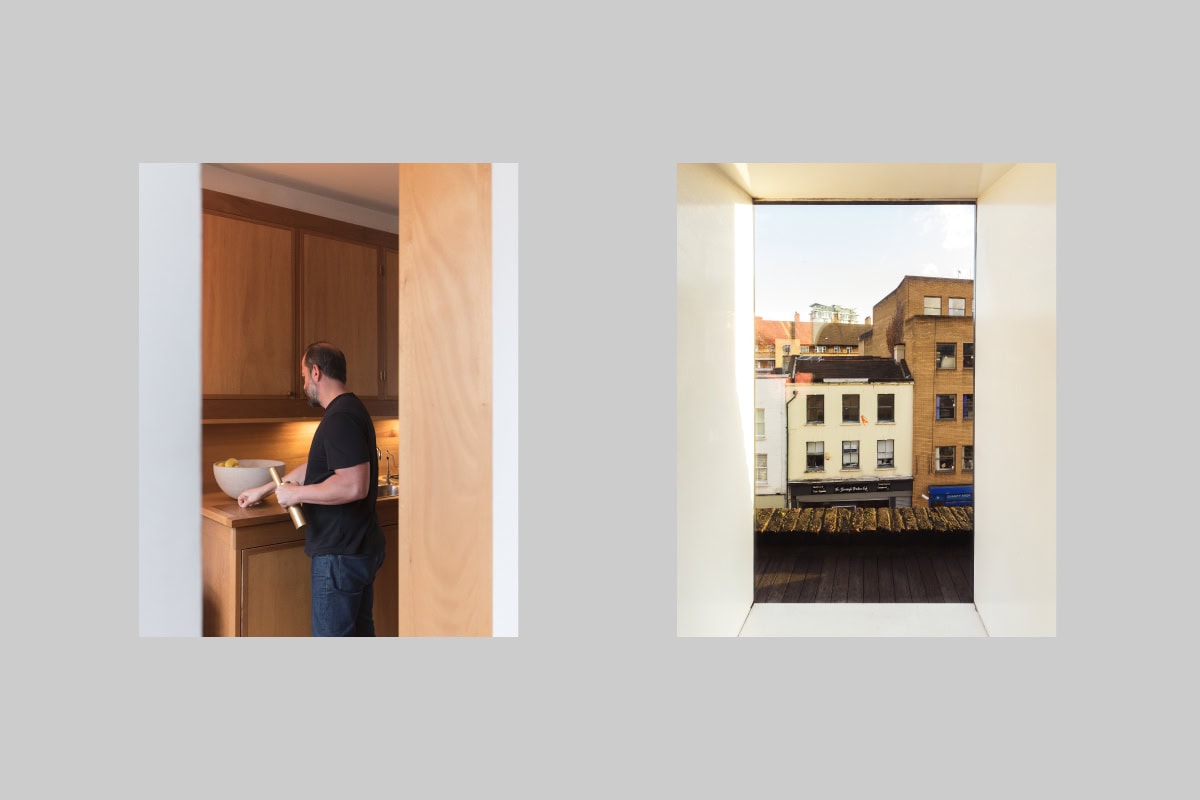Looking back, it is perhaps unsurprising that my training in coffee should have coincided with the end of my High School edu- cation in Cyprus and the start of my military service. The hard exercise regime combined with a constant lack of sleep sent me in search of an elixir to help me stay awake and keep going. At first, my coffee had to be sweet and milky: additives to mask the bitterness.
As the taste became familiar, I slowly reduced both milk and sugar, perhaps it was my exercise of growing up and realising that if you do something, you need to do it properly! Finally, I reached a point when my coffee became just black.
When I came to London to study in 88 there was initially only “coffee” at home: Nescafe Gold, an upgrade from the plain processed predecessor. Most attempts to drink it at local cafes were a complete failure: it seemed I had landed in a country of tea where coffee simply didn’t exist.
Yet, a few years later, by complete chance, I was taken by a friend to Bar Italia—a cult place in Soho that had remained untouched since the 50’s—and suddenly, real coffee existed here.
The Italian coffee became my benchmark. I explored the different brands available in shiny bricks of vacuumed foil packaging, and I explored the impressively imposing professional machines that made it. The first wave of the London coffee revolution started sometime in the early 90’s and it marked the moment when Italy lost its monopoly over the beans.
I started grinding my own beans after the owner of a specialist store refused to grind them for me. He wasn’t being obtuse, he simply explained to me that if I enjoyed my coffee I should grind the right amount immediately before preparing it and not the whole bag in one go! So, I bought my first ceramic burr grinder, housed in see-through plastic. Before that, I had previously ground coffee as a 12-year-old using my family’s Braun blade grinder, an electric machine from the 60s for which my father had brought some Arabica coffee beans during a trip to Burundi and my mother asked me to prepare coffee for guests. Fineness was all done by eye and depended on how long I held down the lid.
From that point on coffee preparation became both a labour of love and a long daily ritual.
I had met Carl Aubock IV at the opening of my exhibition in Vienna in 2012. Carl and I started our collaboration with a pepper mill. Our roles were clear: I was to provide a drawing and Carl would work out the mechanics and making. It was the perfect partnership. Never before I had come across anyone more humble and enthusiastic and with such an invaluable knowledge of craftsmanship. Our first project was a big success leading us to the much bigger challenge, the long-missing tool, the coffee Mill. Carl accepted the challenge and after a very limited back-and-forth, the first prototype arrived in my house.
“It doesn’t work!” our experiment had failed.
The next morning was a Saturday and I had much more time available when I decided to give the Mill one more chance. The plea- sure in using it was bigger than any of the complaints I had raised before. I enjoyed my cup of coffee and decided to write to Carl one last time: “Dear Carl, the Mill is perfect! Thank you.”
Words by Michael Anastassaides
